Periodicals as Collections, No. 4: Counterculture Newspapers and Magazines
An explosion of independent publishing in the 1960s and ’70s took advantage of new, accessible technology to spread countercultural messages around the world.
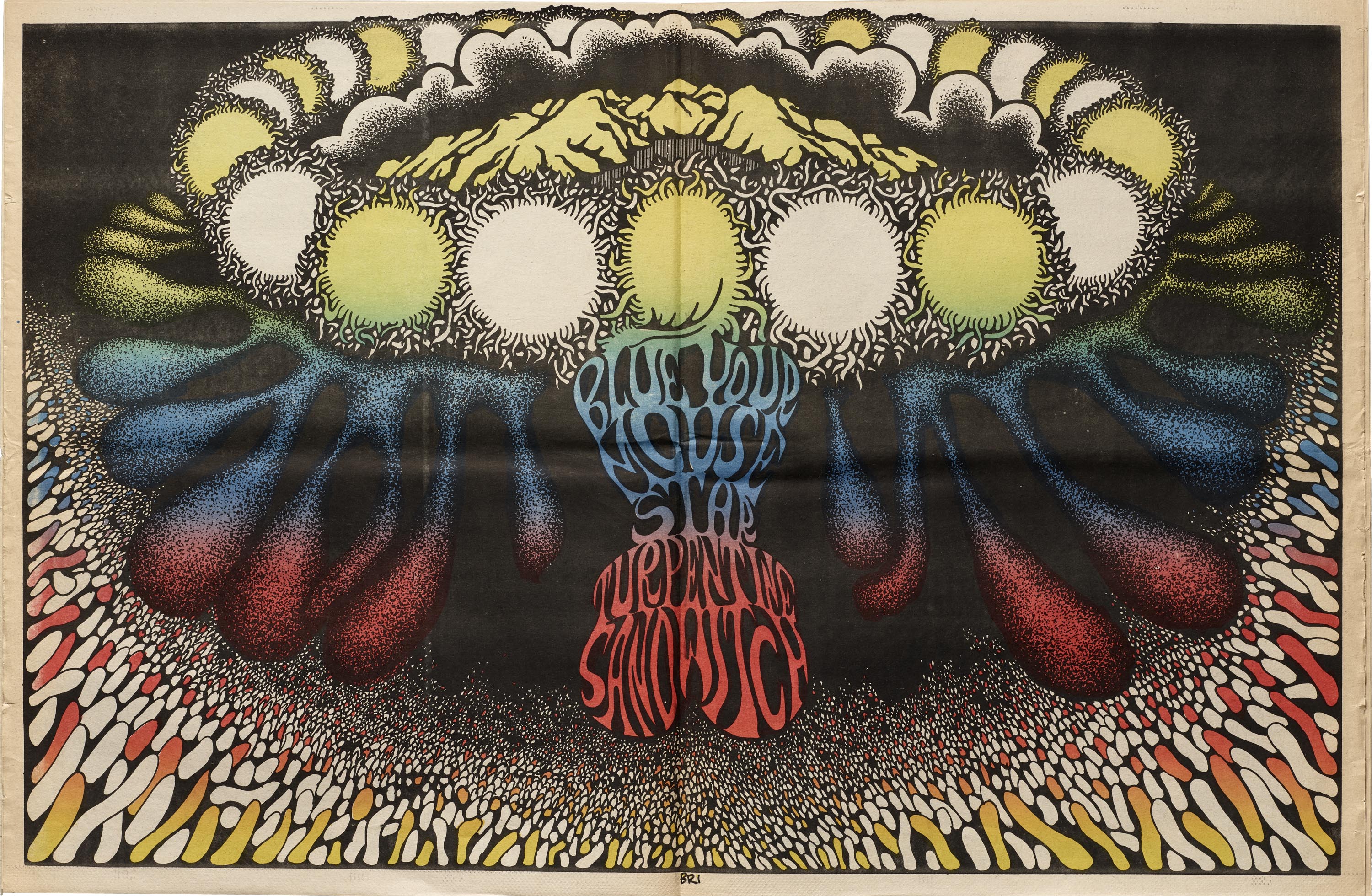
An explosion of independent publishing in the 1960s and ’70s took advantage of new, accessible technology to spread countercultural messages around the world.

Our growing collection of posters by the avant-garde Japanese designer are portals to universes never before imagined.
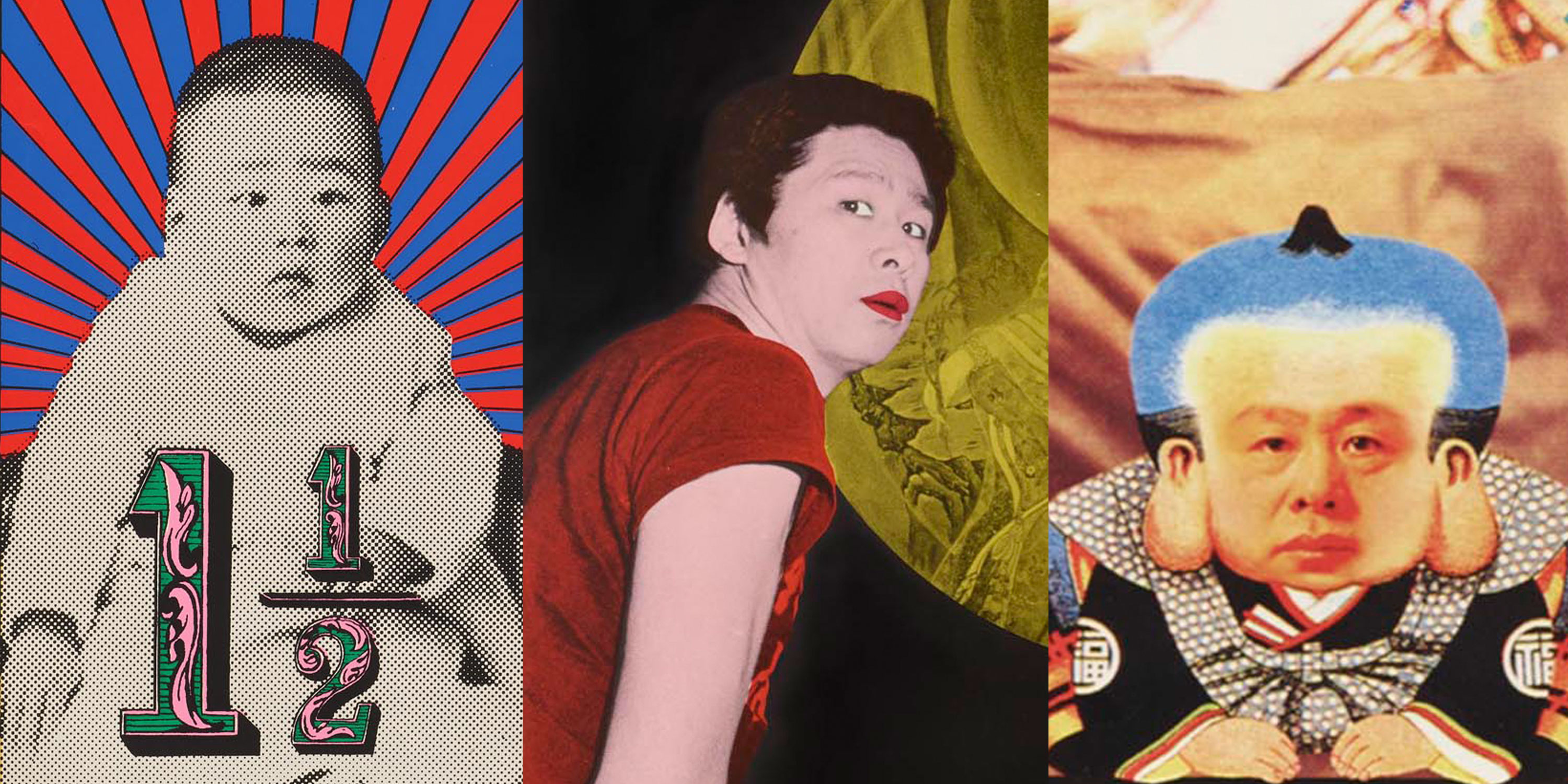
Post-war Japan was a catalyzing backdrop that shaped a generation of artists and designers, including the renowned Tadanori Yokoo (横尾 忠則). Over the span of two decades, the Emperor’s divinity had been absolved, the nation was demilitarized, and US military troops had occupied cities. In 1960, at the age of 24, Yokoo traveled 300 miles from Kobe to Tokyo, to the epicenter of this cultural whirlwind. Tokyo, now home to a rapidly increasing population of over 10 million, was preparing to host the 1964 Summer Olympics while reckoning with violent student protests and riots. There, Yokoo’s practice took root and would earn him a reputation for bridging high and low, pre- and post-modern, and Eastern and Western cultures, and challenging conventions by charging posters with intense emotion. Trailblazing across multiple media, Yokoo responded to absurdities of signs and symbols, tensions between seemingly opposing worlds, and existential questions of the self to offer works that are humorous, chaotic, and deeply autobiographical.
The modernism enthusiast’s collection of mid-20th-century design has a new home at Letterform Archive.
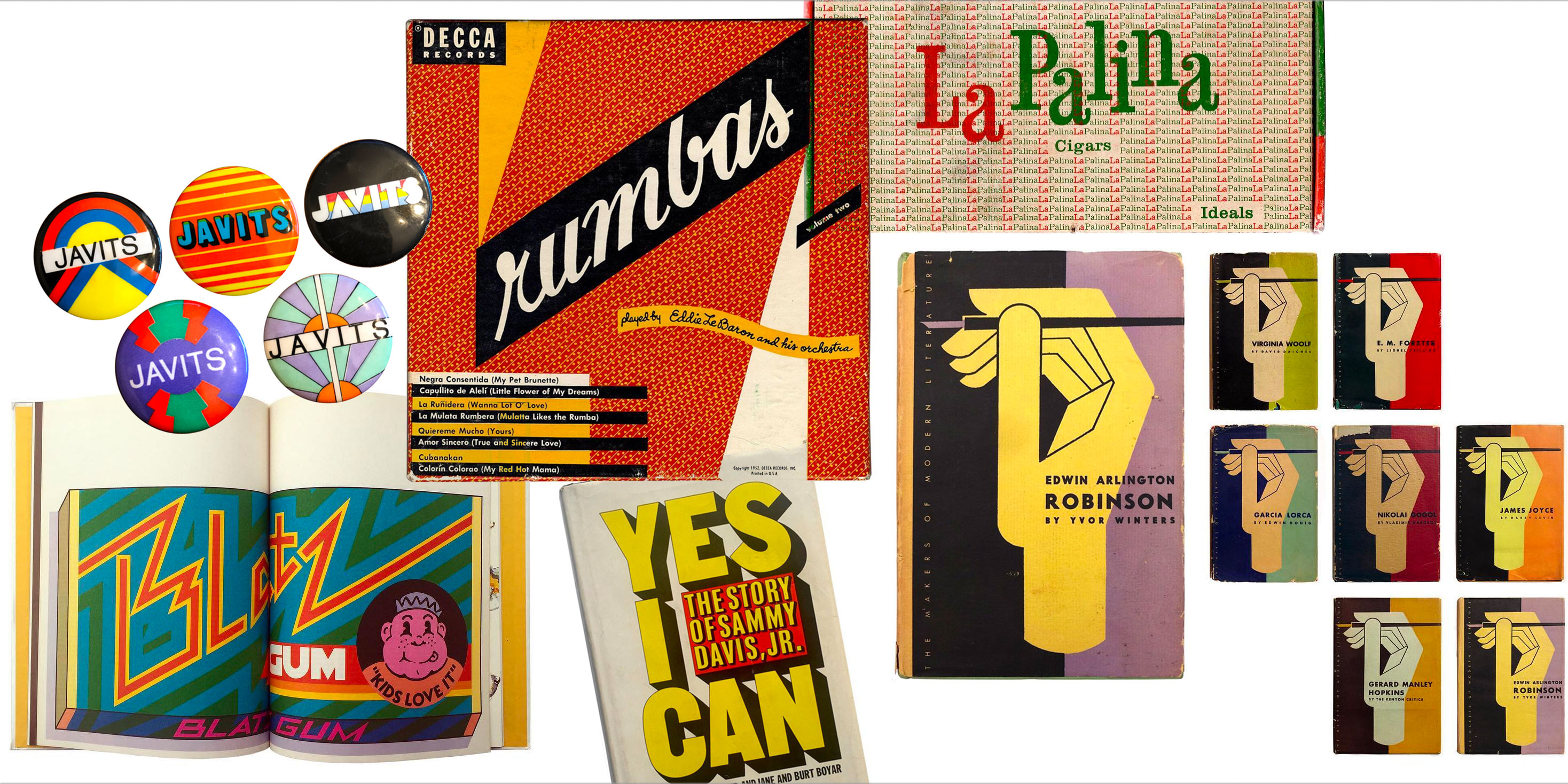
Through his extensive knowledge and keen curator’s eye, Scott Lindberg was a constant source of inspiration to the design community in the Seattle area and beyond.

Last year we were honored to host a Live at the Archive event with Abram’s daughter, Naomi Games. There’s no better time than now to present a recording of her talk, which focuses on the designer’s unique ability to promote health and safety, raise awareness, and unite people under a common cause.
In the 1950s, Pintori revisualized the typewriter, transforming it from esoteric machine to a charming companion of modern office life.
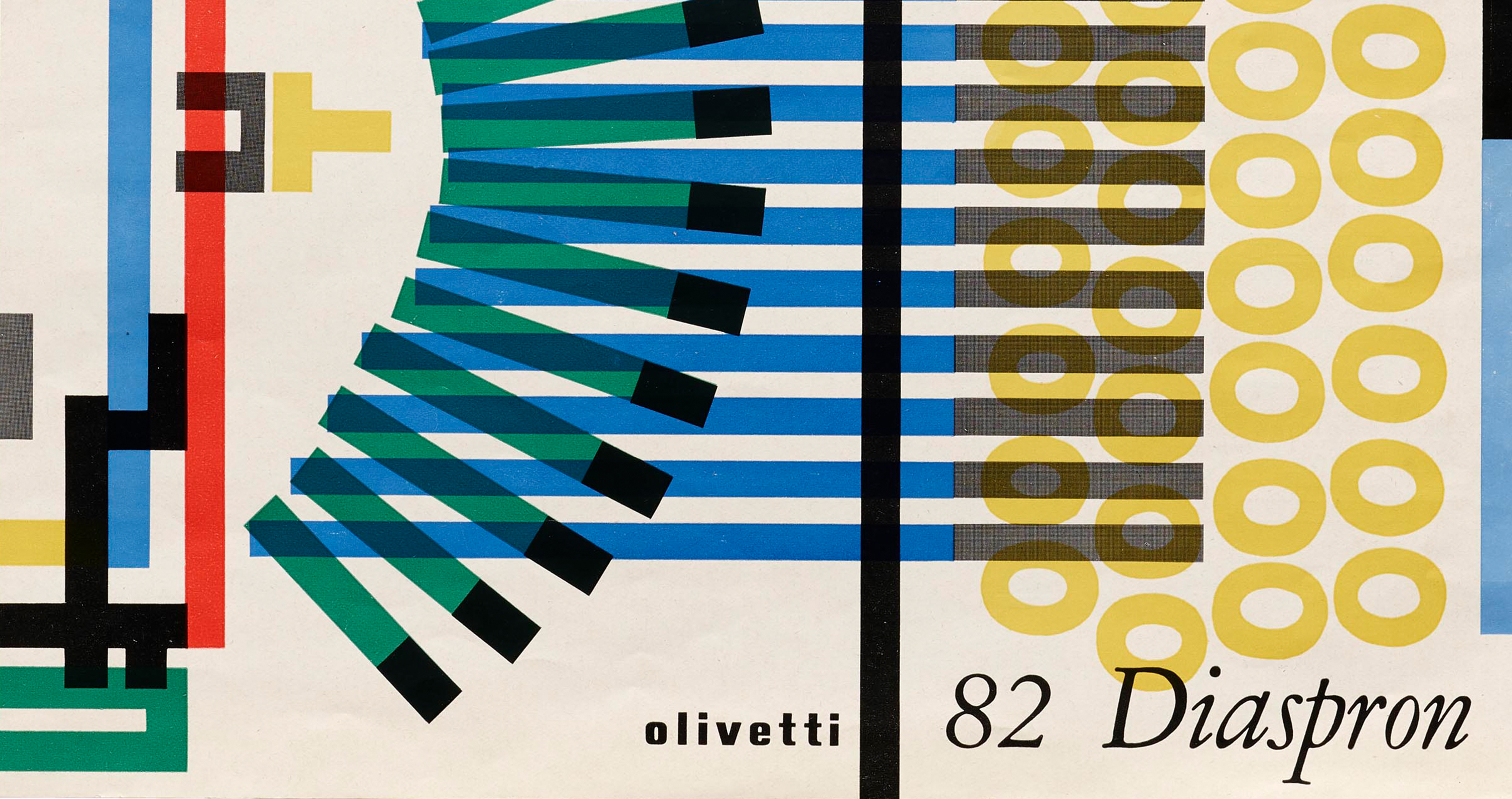
See all this work at our hi-fi web resolution in the Online Archive.
The lifeless, rectangular slabs of metal we type on these days were preceded by tools with personality. Sculptural, colorful, and often weighty, typewriters were transformative machines that shaped modern industry and communication in the 20th century. The Italian brand Olivetti, founded in 1908, was among the many key players in the market and was unique in the way they saw approachable design as core to their identity. Part of Olivetti’s success is owed to Giovanni Pintori, who was the company’s art director from 1950 to 1967. Pintori’s color palettes, shapely abstraction, and smart use of the grid conveyed both the mechanic power of an Olivetti device and the joyful ease one should feel when using it.
In the first of our new series of volunteer journals, Bethany Qualls recounts her experience sorting and listing the Paul Rand collection and how it changed the way she sees design.
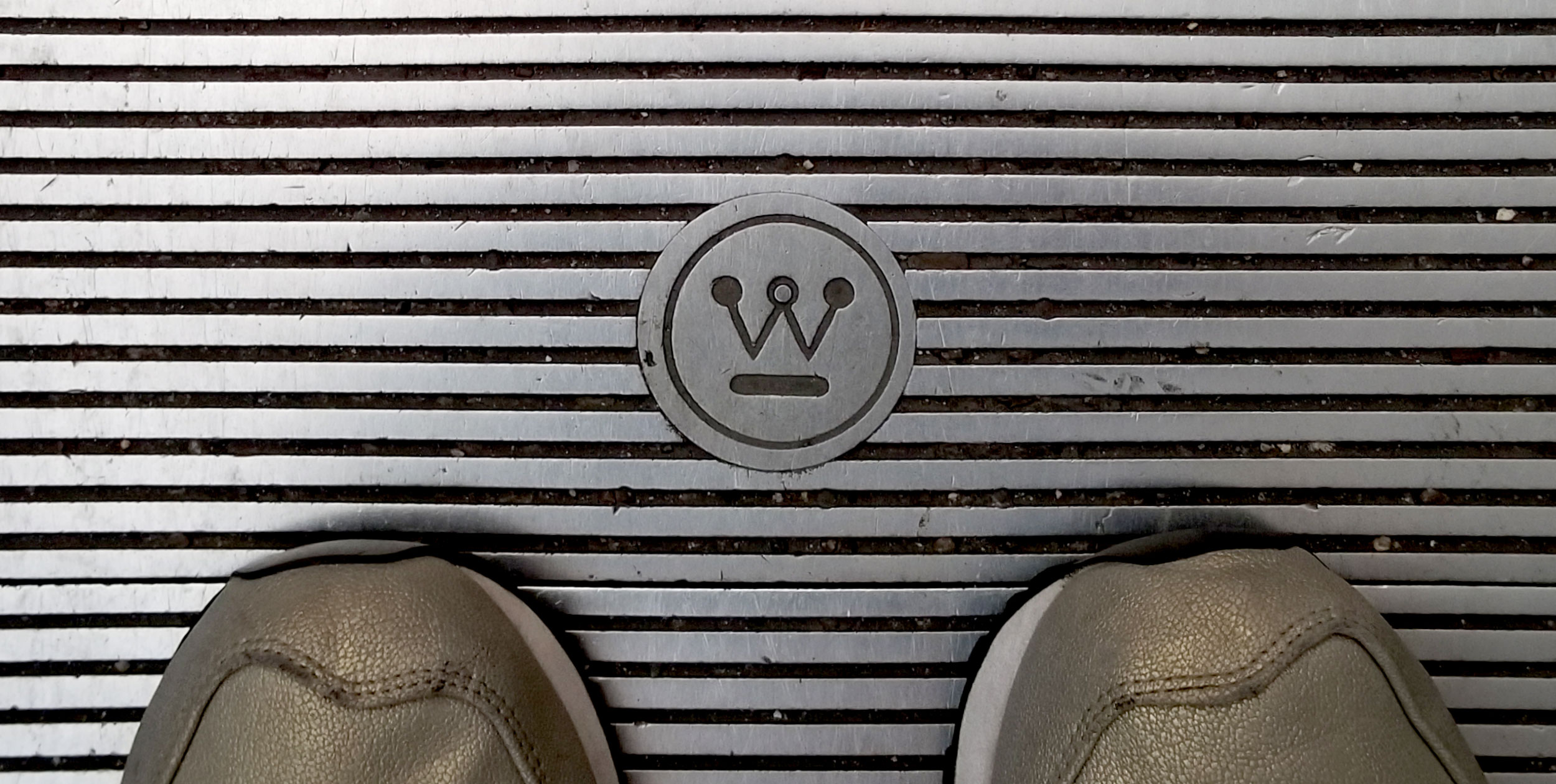
For over 50 years, Stauffacher lived a singular life at the heart of San Francisco’s creative community. Now, his legacy lives on at the Archive, and his prints are the subject of our third book.
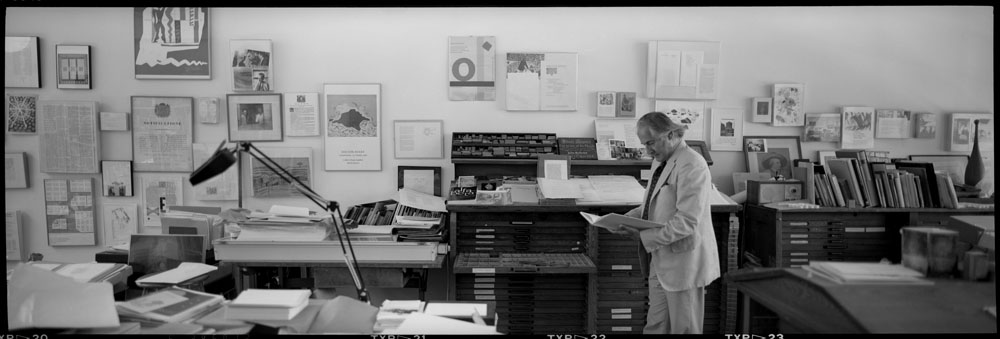
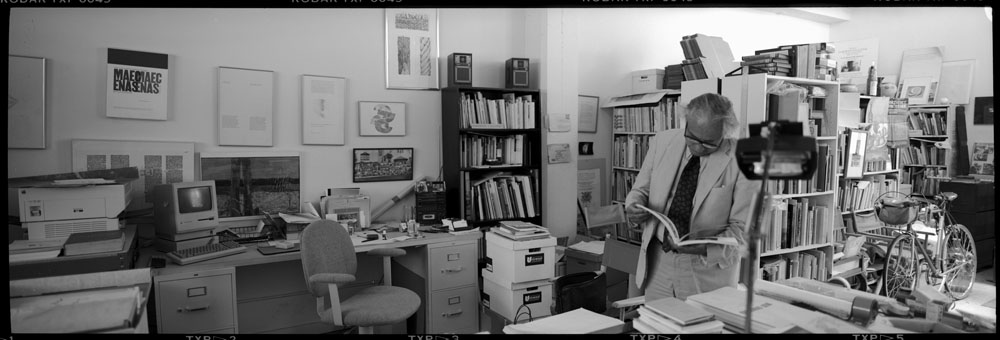
Some rooms convey history all by themselves. They tell stories about the people who live in them before those occupants even utter a word. Jack Stauffacher’s studio in San Francisco was such a place.
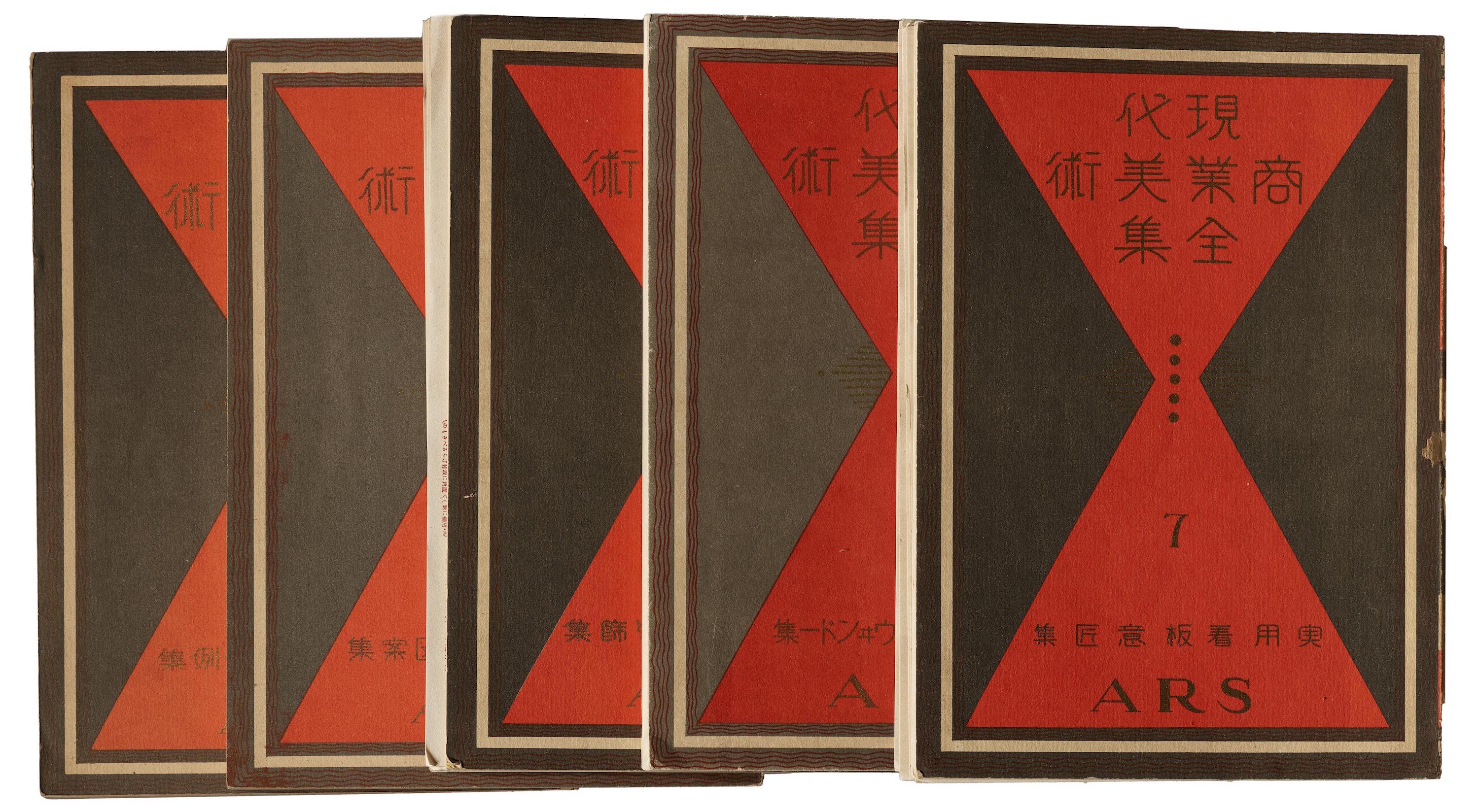
The early 20th century in Japan witnessed a collision of emerging and residual forces. Tensions between past, present, and future shaped typography, lettering, and other areas of design. Leading up to the Shōwa period (1926–89), as a result of the nation’s modernization and growth of commerce, businesses recognized the value of advertising to consumers in a visually appealing way.
The budding interest in creative advertising and the rise of commercial retail led to a 1920s–30s boom in design trade publishing to satisfy the growing demand for rich reference materials. In 1926, Hamada Masuji (濱田 増治) and a group of colleagues, including Sugiura Hisui, Watanabe Soshu, Nakada Sadanouke, and Miyashita Takao formed the Association of Commercial Artists. Together, with Hamada serving as the Editor-in-Chief, they published The Complete Commercial Artist, a 24-volume collection of trade publications on commercial design.